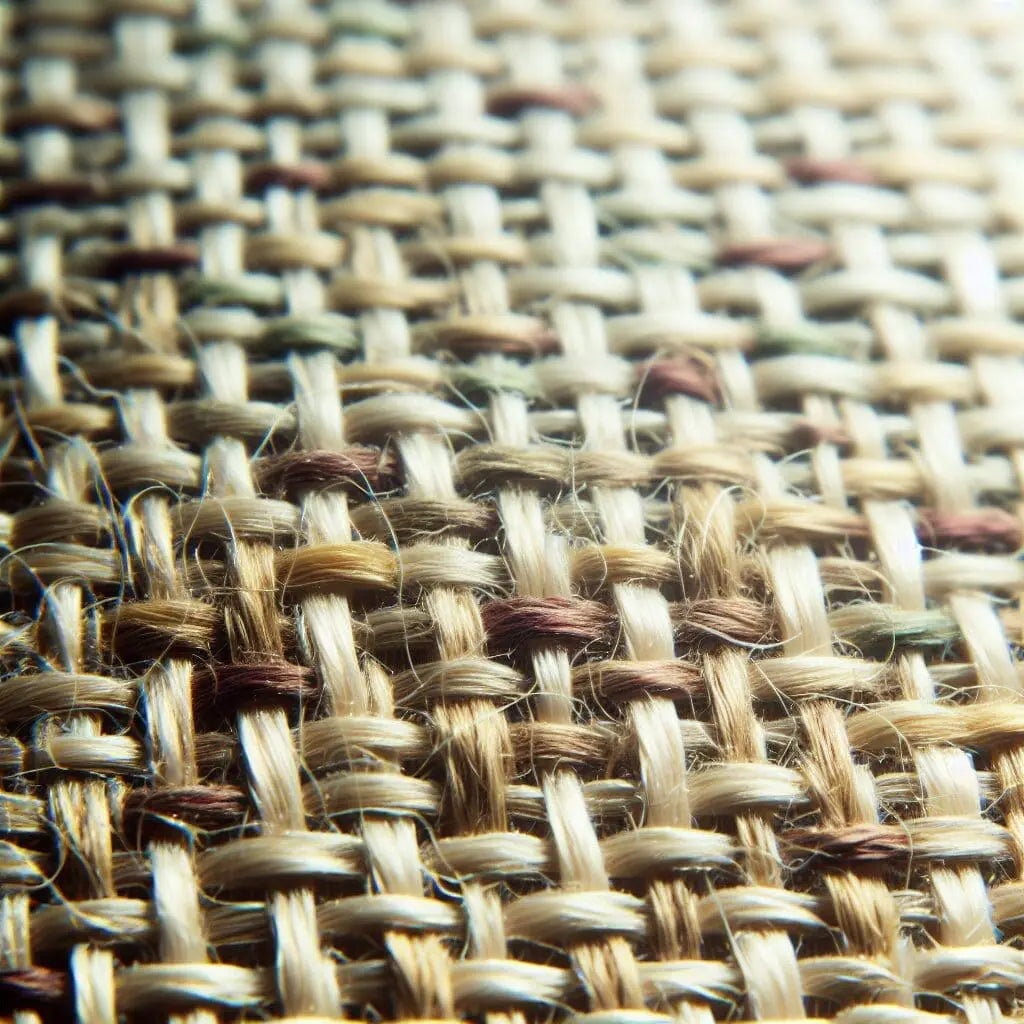
Hemp Fabric: Strength, Sustainability, and Style
Share
In recent years, hemp fabric has emerged as one of the most talked-about materials in the fashion and textile industry. Known for its durability, eco-friendly nature, and timeless style, hemp is quickly becoming a favorite among sustainable fashion brands and eco-conscious consumers.
But what exactly makes hemp fabric so special? Let’s explore its origins, benefits, and why it’s leading the way toward a greener future in fashion.
What Is Hemp Fabric?
Hemp fabric is made from the stalks of the Cannabis sativa plant — a variety grown specifically for industrial use. Unlike marijuana, industrial hemp contains only trace amounts of THC and is cultivated for textiles, food, paper, and other eco-friendly materials.
The fibers of hemp are naturally strong, long, and resistant to stretching, making them ideal for crafting durable and sustainable textiles. Depending on the weave and treatment, hemp can range from soft casual fabrics to rugged, denim-like materials, showcasing impressive versatility.
Strength and Durability
One of the biggest reasons hemp fabric is gaining popularity is its exceptional strength and long-lasting durability.
- Long-lasting wear: Clothing made from hemp can withstand regular washing and daily use without losing shape or softness.
- Tear and stretch resistance: Hemp fibers are stronger than cotton, making them perfect for workwear, jackets, and bags that demand longevity.
- Blending versatility: When blended with cotton, bamboo, or organic fibers, hemp maintains its durability while gaining softness and flexibility for comfortable everyday wear.
Because of its strength, hemp clothing lasts much longer than many conventional fabrics — reducing the need for frequent replacements and contributing to a more sustainable wardrobe.
Sustainability Benefits of Hemp
Hemp is celebrated as one of the most sustainable fabrics on the planet — and for good reason. Its cultivation and processing offer a range of environmental advantages over traditional textile crops.
- Low Water Requirement: Hemp uses significantly less water than cotton, making it a water-efficient alternative in textile production.
- Rapid Growth: Hemp grows fast and densely, producing high yields with minimal land usage.
- Pest Resistance: Naturally resistant to pests, hemp requires little to no pesticides or herbicides, protecting soil and ecosystems.
- Carbon Sequestration: Hemp absorbs large amounts of carbon dioxide (CO₂) from the atmosphere, helping combat climate change.
- Biodegradability: Unlike synthetic fabrics, hemp decomposes naturally, leaving behind no harmful microplastics.
By choosing hemp fabric and hemp clothing, both brands and consumers support sustainable fashion and help reduce the industry’s overall environmental footprint.
Comfort and Style
Beyond sustainability, hemp fabric is also incredibly comfortable and stylish — proving that eco-friendly fashion doesn’t mean compromising on looks or feel.
- Soft and breathable: Modern manufacturing has refined hemp to feel soft and smooth against the skin, suitable for t-shirts, shirts, and loungewear.
- Temperature regulating: Naturally breathable and moisture-wicking, hemp keeps you cool in summer and warm in winter.
- Timeless texture: Its earthy, natural appearance gives clothing a unique aesthetic that fits seamlessly with modern minimalist and sustainable fashion trends.
- Easy to dye: Hemp absorbs both natural and synthetic dyes beautifully, allowing for vibrant colors and creative patterns.
From casual wear and street-style hoodies to eco-friendly accessories and chic outerwear, hemp blends functionality with a refined, natural charm.
How to Care for Hemp Fabric
One of hemp’s biggest advantages is how easy it is to care for. With the right approach, hemp garments can last for years without losing quality:
- Washing: Machine wash in cold or lukewarm water with a mild detergent. Avoid bleach or harsh chemicals.
- Drying: Air dry when possible, or tumble dry on a low setting. Hemp dries quickly thanks to its breathable structure.
- Ironing: Use medium heat if needed. Hemp resists wrinkles naturally, so ironing is often optional.
Proper care not only extends the life of hemp clothing but also helps maintain its natural softness and texture over time.
Conclusion
Hemp fabric is far more than a passing trend — it represents the future of sustainable textiles. Combining exceptional strength, eco-friendly cultivation, and modern comfort, hemp stands as one of the most responsible and stylish fabric choices today.
Switching to hemp clothing supports a cleaner, greener, and more sustainable fashion industry, proving that style and sustainability can truly go hand in hand.
Whether you’re designing a collection or upgrading your wardrobe, hemp fabric offers the perfect balance of durability, comfort, and conscious living.
